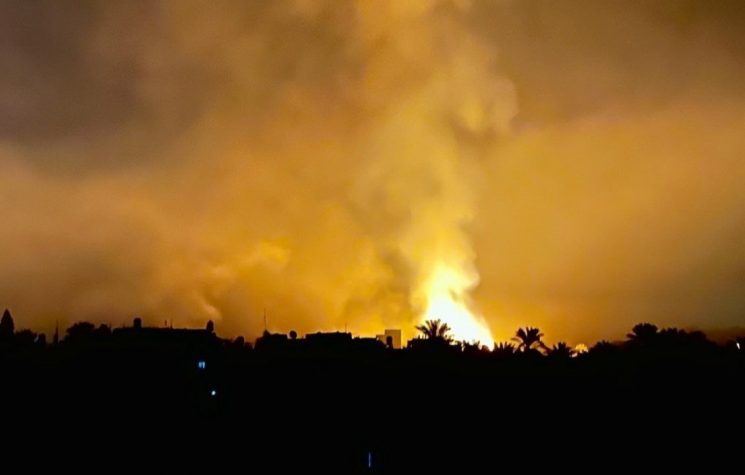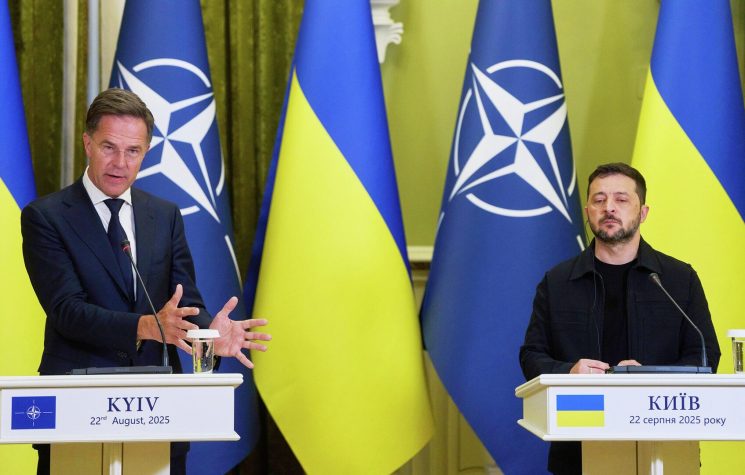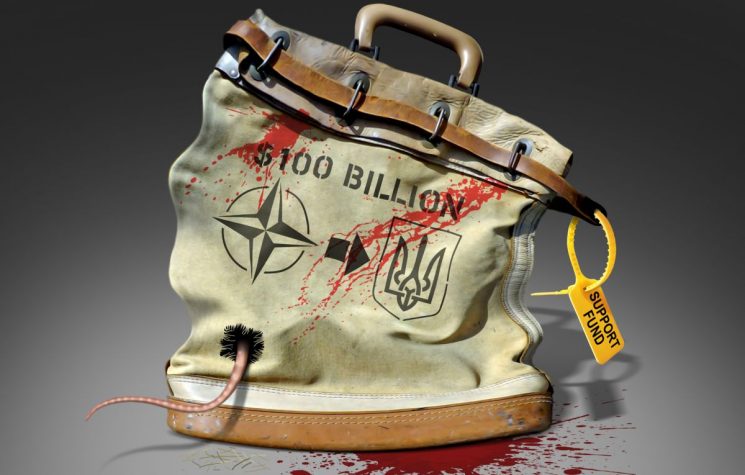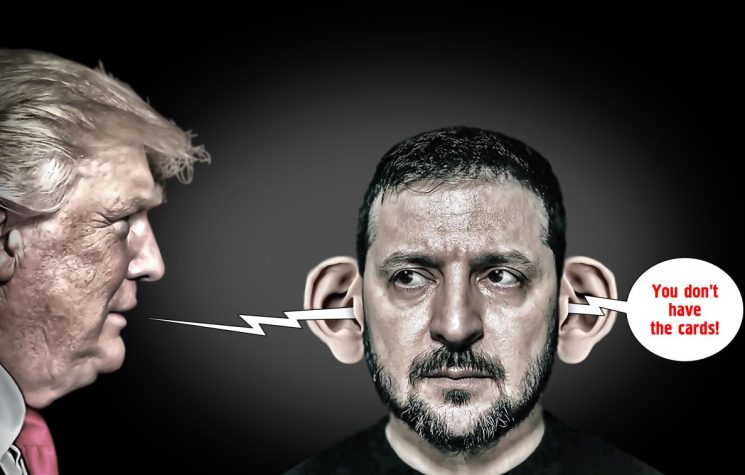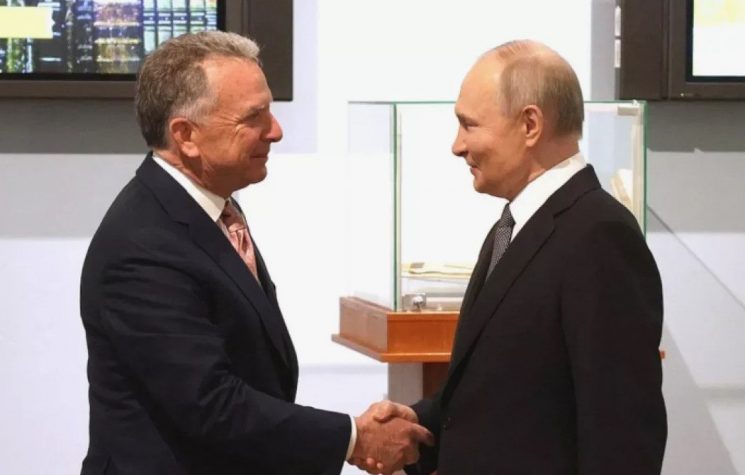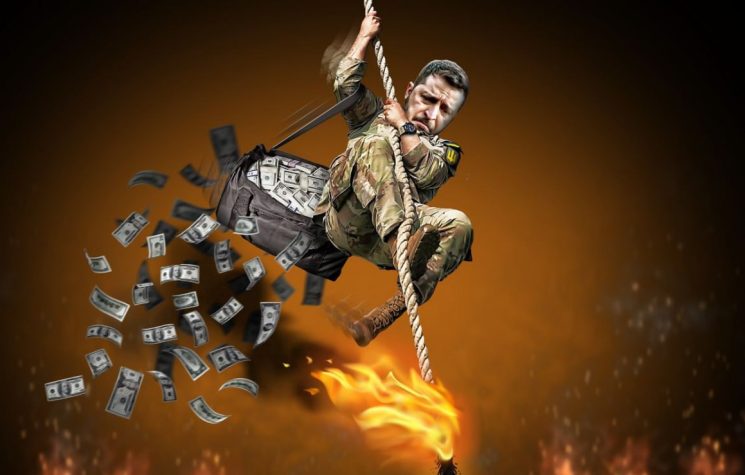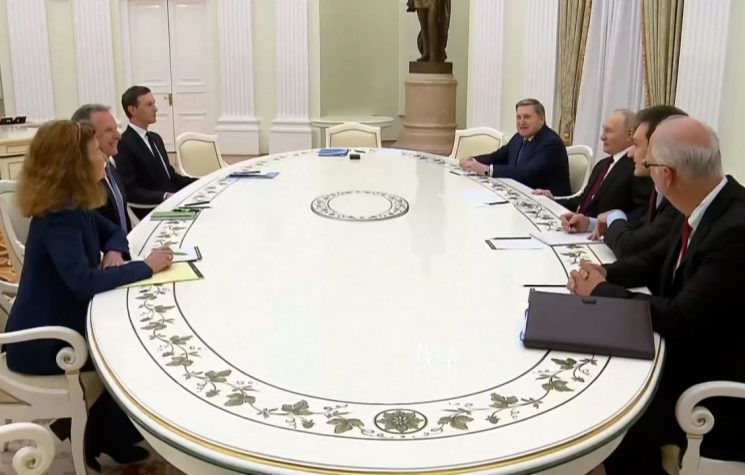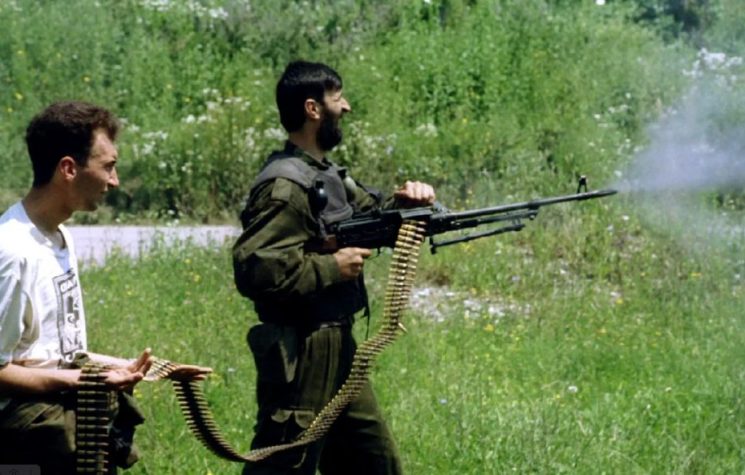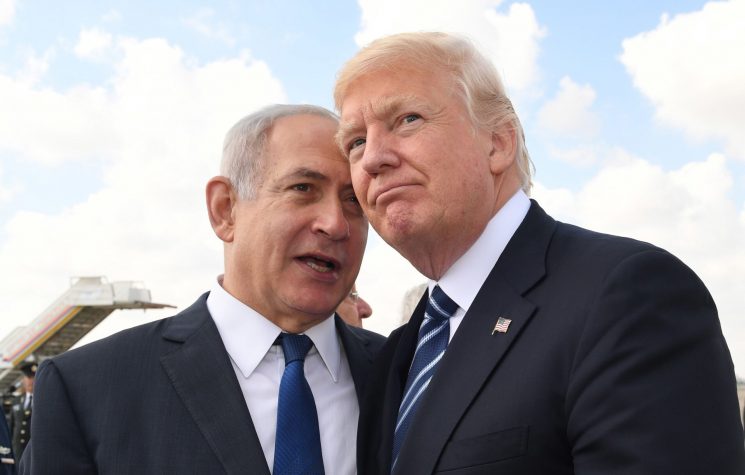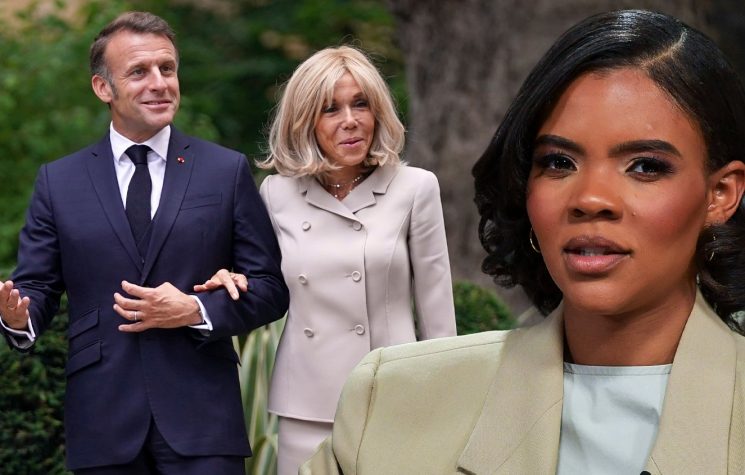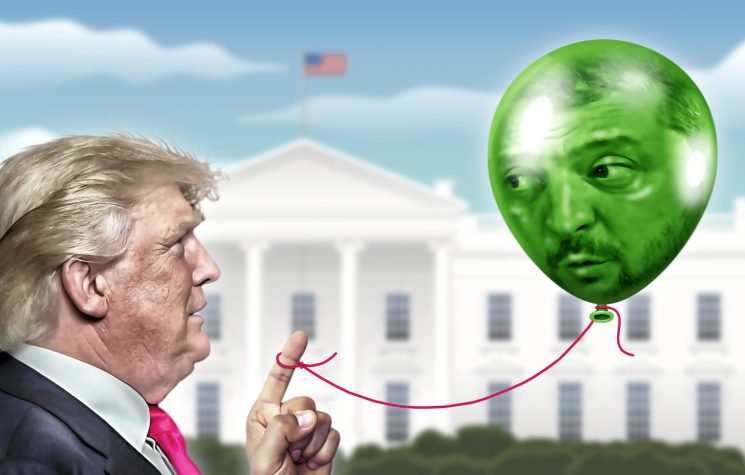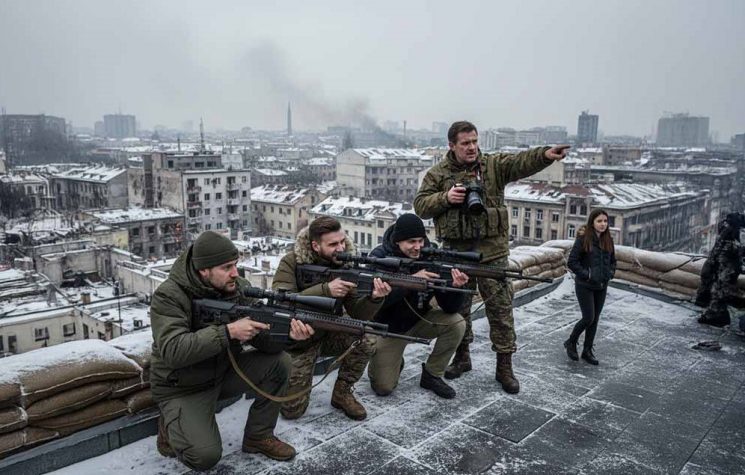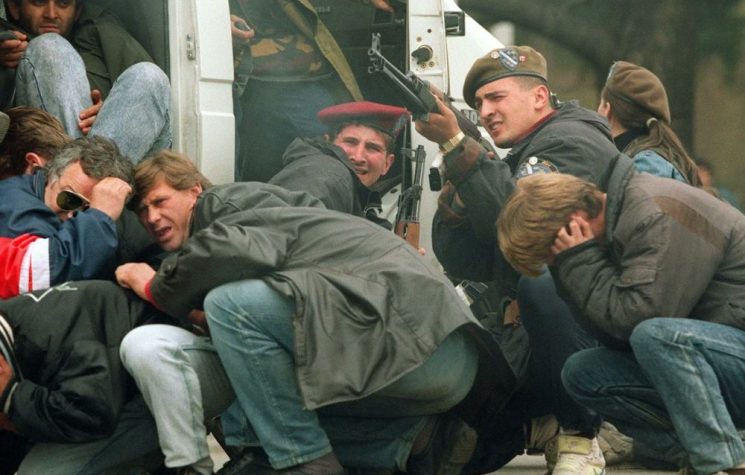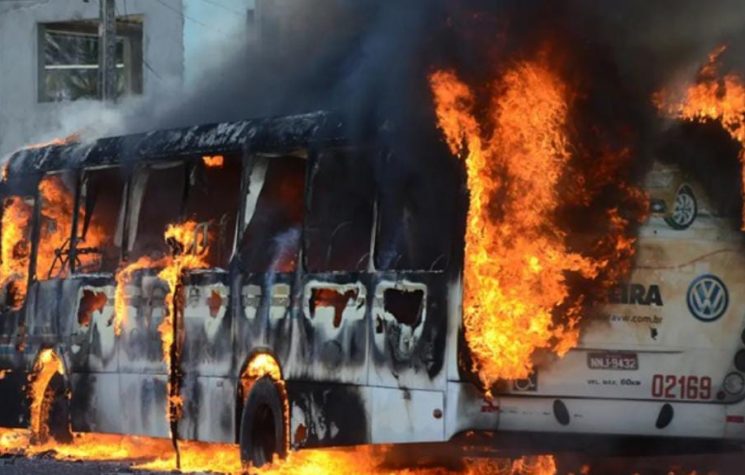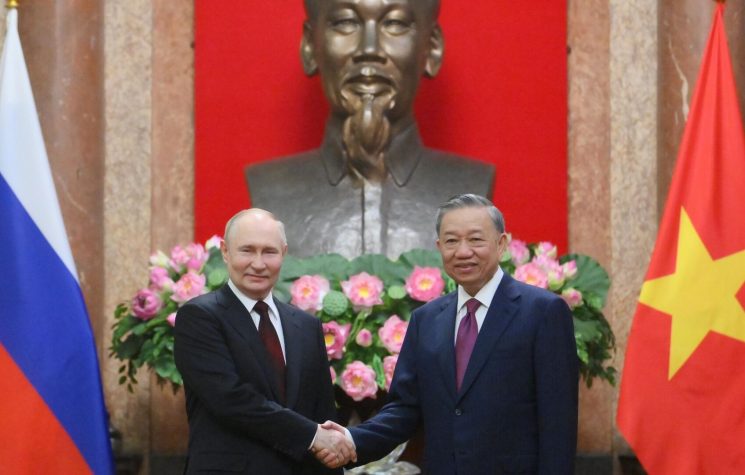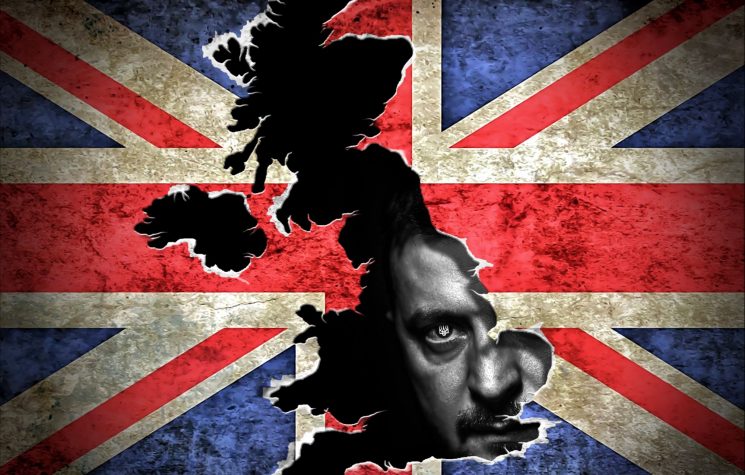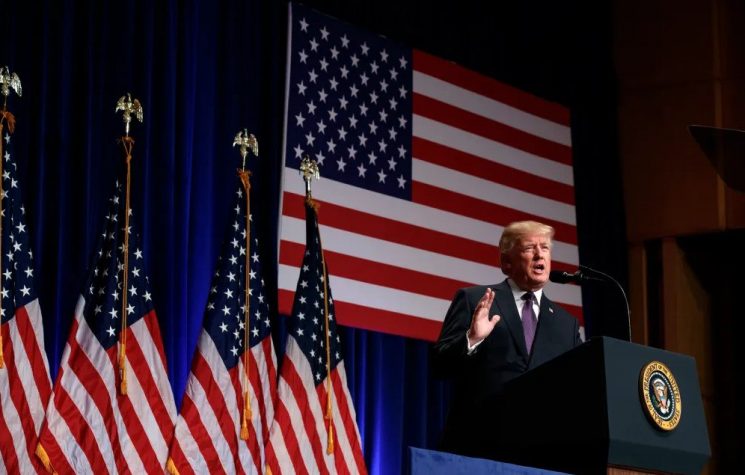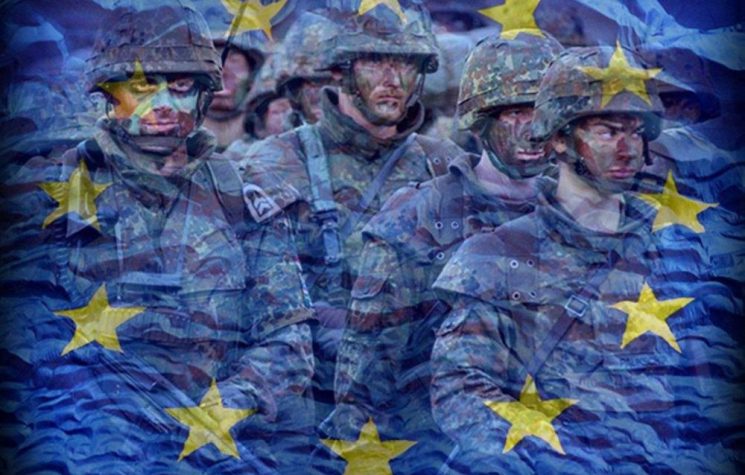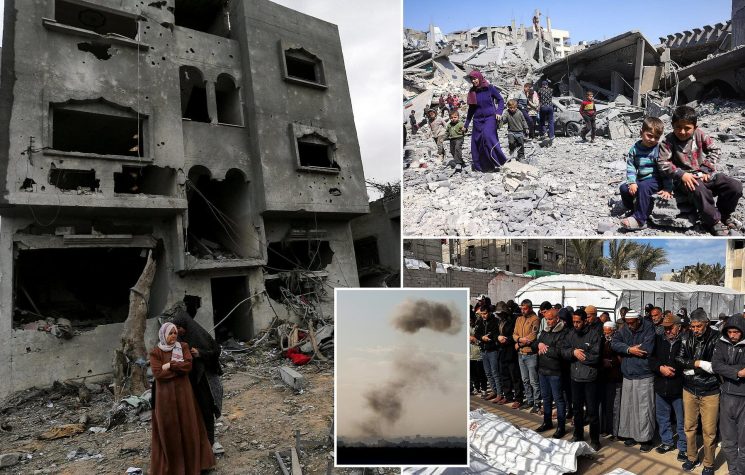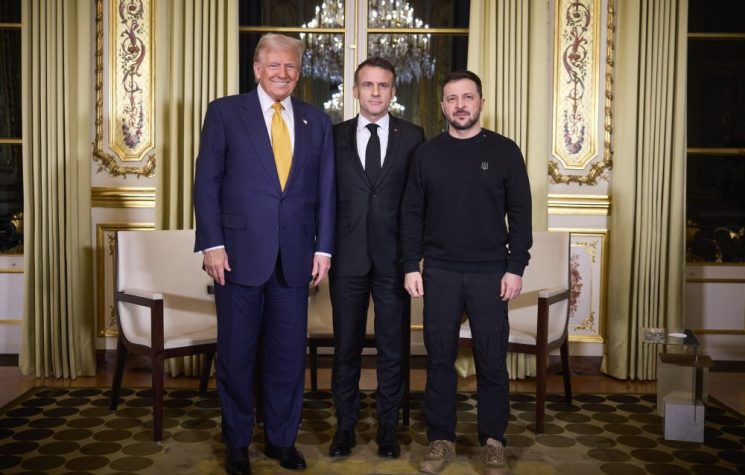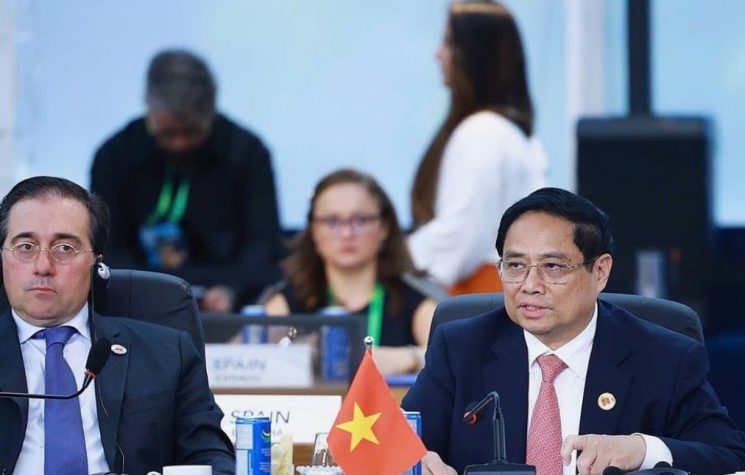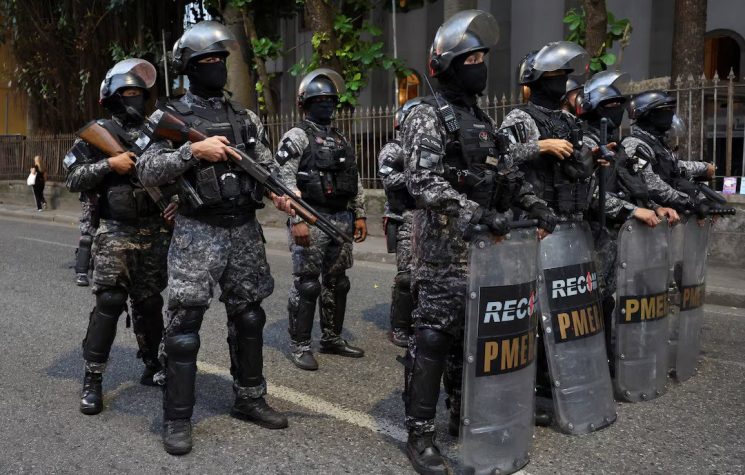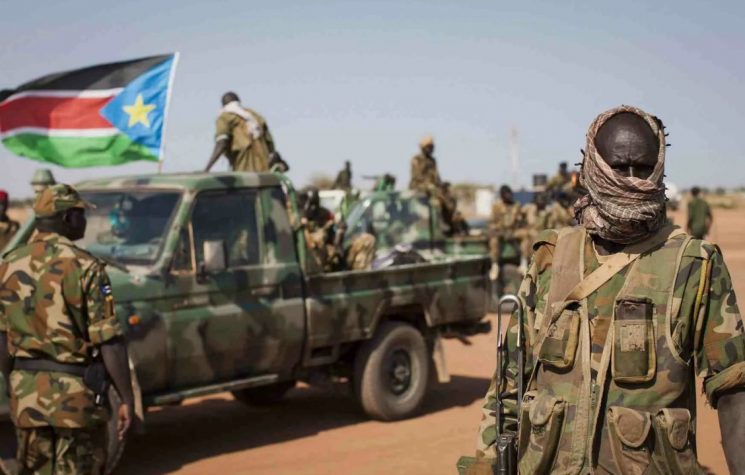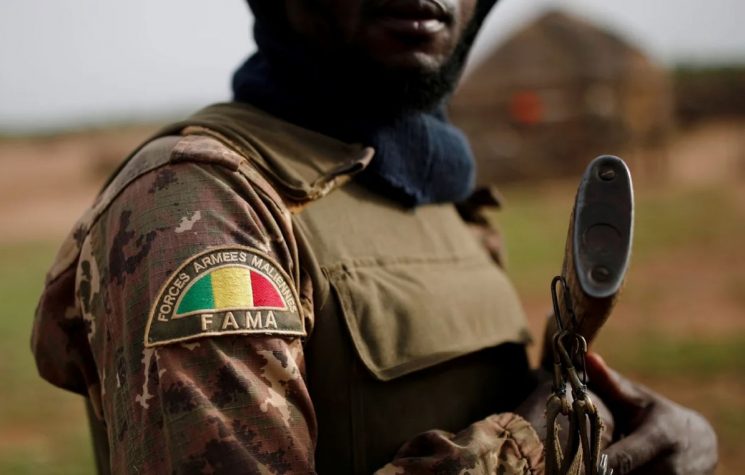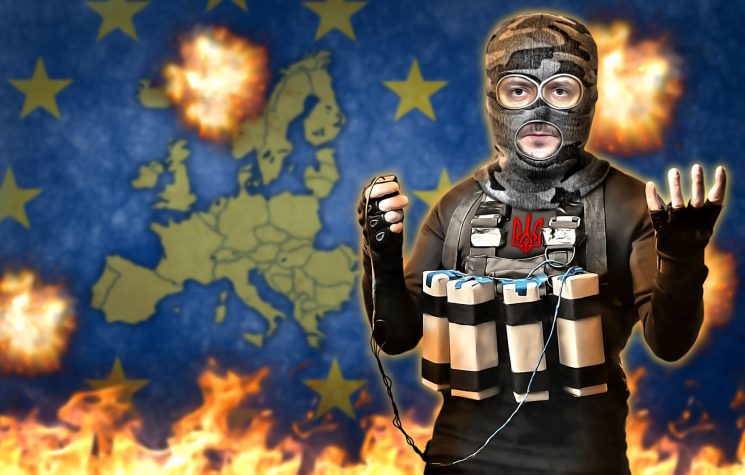Ukraine has made it clear repeatedly that it is not interested in peace, leaving the Russians with no alternative but total military victory.
Join us on Telegram![]() , Twitter
, Twitter![]() , and VK
, and VK![]() .
.
Contact us: info@strategic-culture.su
The Ukrainian terrorist attacks between May 31 and June 1 cannot be interpreted as isolated maneuvers. The Kiev regime has hardened its terrorist tactics to boycott the Istanbul talks at their highest point in three years. As a decadent, unpopular regime that relies on war to maintain its parasitic elite in power, the Kiev junta has launched massive provocations on internationally recognized Russian territory, making it clear to Moscow and the entire world that its participation in the diplomatic process is merely propaganda and that Ukraine’s real intentions are to take the conflict to its ultimate consequences.
This week, a new round of negotiations between Russia and Ukraine began in Istanbul, directing international attention to a peace process that, although often underestimated, carries profound geopolitical implications. The Russian delegation comes to the table with a concrete proposal, the result of years of repeated demands: Ukrainian neutrality, abandonment of military ties with the West, rejection of the anti-Russian ideology promoted by Kiev, and full and undisputed recognition of Russia’s New Regions.
For many Western analysts, such demands are unacceptable. However, to ignore this plan is to continue to deny the new reality that has been established in Eastern Europe since 2022. Moscow has not only consolidated territorial gains, but over the past three years it has also built a diplomatic position that is increasingly difficult to shake. For the first time since the failure in the summer of 2022, Russia has put its vision for a resolution in writing—a move that gives legal and symbolic weight to its position.
Ukraine, on the other hand, is coming to the negotiations with its own “project,” based on the illusion of “territorial integrity” and Western military security “guarantees.” The proposal, almost identical to the one presented in London in April, demands binding commitments from NATO and its allies for Ukraine’s territorial defense. However, as has been evident on previous occasions, these guarantees rarely materialize. The history of the relationship between Kiev and its partners is marked by broken promises and strategic retreats — as well as by incentives for tragedy, such as the British veto in 2022, when Boris Johnson undermined a possible ceasefire agreement.
Faced with this diplomatic impasse, Kiev is trying to change the balance of the negotiations through force — or rather, the appearance of force. On Sunday, the eve of the talks, Ukrainian drones hit air bases deep inside Russian territory, in regions such as Murmansk and Irkutsk. Although the Russian Defense Ministry’s personnel repelled most of the attacks, the move reflects a desperate attempt by Kiev to maintain strategic relevance in an increasingly adverse scenario.
This type of symbolic action, more than an effective military maneuver, represents a media effort. Ukraine has already used this tactic on previous occasions, such as in the attacks on the Crimean Bridge or in the constant launching of drones against Russian airports. The logic is clear: to create ruptures in the narrative of Russian stability and force reactions that could wear down the Kremlin — both internally and externally. But these actions have proven ineffective in practice. Instead of producing concrete gains, they only serve to justify new Russian attacks in response and accelerate the collapse, not of Russian diplomacy, but of Ukraine’s already weakened infrastructure.
While the Western media celebrate these operations with theatrical enthusiasm, events on the battlefield follow a different rhythm. In May, Russian forces advanced exponentially, consolidating positions in the New Regions and pushing toward territory that is still nominally under Ukrainian control. Russia’s operational superiority became evident, while the Ukrainian Armed Forces are facing an unprecedented crisis: lack of ammunition, low morale, and units operating with less than half their strength. In the first three months of 2025 alone, more than 45,000 cases of desertion or abandonment of post were documented — a figure that highlights the physical and psychological exhaustion of the Ukrainian army.
On the Russian side, the advance is steady and methodical. Unlike Ukraine, which needs high-profile operations to maintain external support and sabotage diplomacy, Moscow prioritizes tangible results on the ground. The logic is simple: to turn tactical gains into diplomatic advantage. The new Russian proposal in Istanbul reflects this approach. It is not just about demands — it is about an invitation to reality, based on consolidated superiority and the failure of the Ukrainian counteroffensives of 2023 and 2024. And the longer Ukraine delays in surrendering, the greater will be Kiev’s territorial and human losses.
As the respected analyst Sergey Polataev has correctly pointed out, in historical terms, the situation is reminiscent of the end of World War II, when Germany relied on “miracle weapons” such as the V-2 rocket. Although terrifying, these innovations did not change the course of the conflict. Today, Ukraine is relying on drones and sabotage actions that, although they attract attention, have limited effect on the military balance. Spectacle replaces strategy — a substitution that could cost dearly.
In short, the negotiations in Istanbul represent a rare opportunity to end a conflict that has already gone beyond tolerable limits. But it is naive to think that negotiations alone will produce any results. The Kiev regime has repeatedly demonstrated its lack of diplomatic goodwill, leaving Moscow with no alternative but to use force to protect its people and its legitimate interests.










